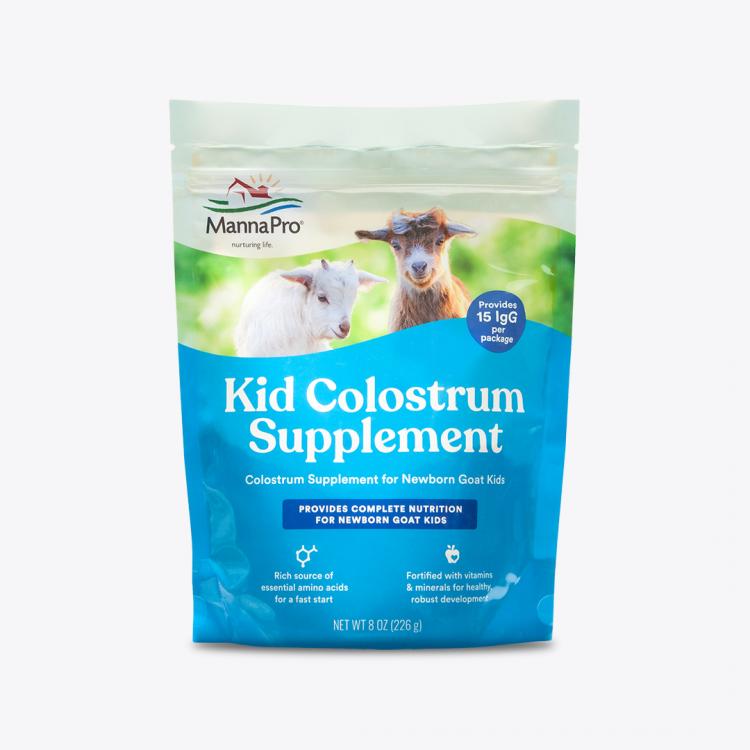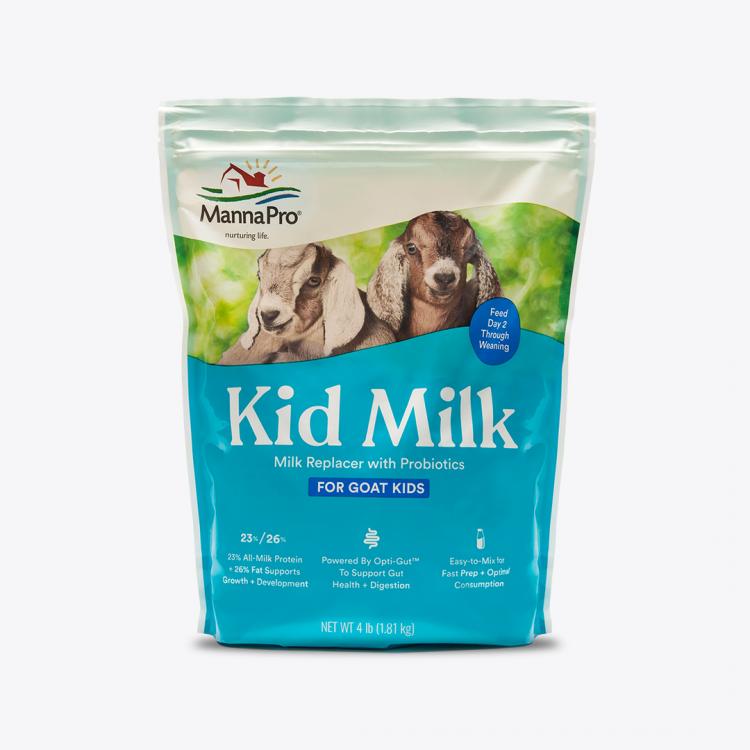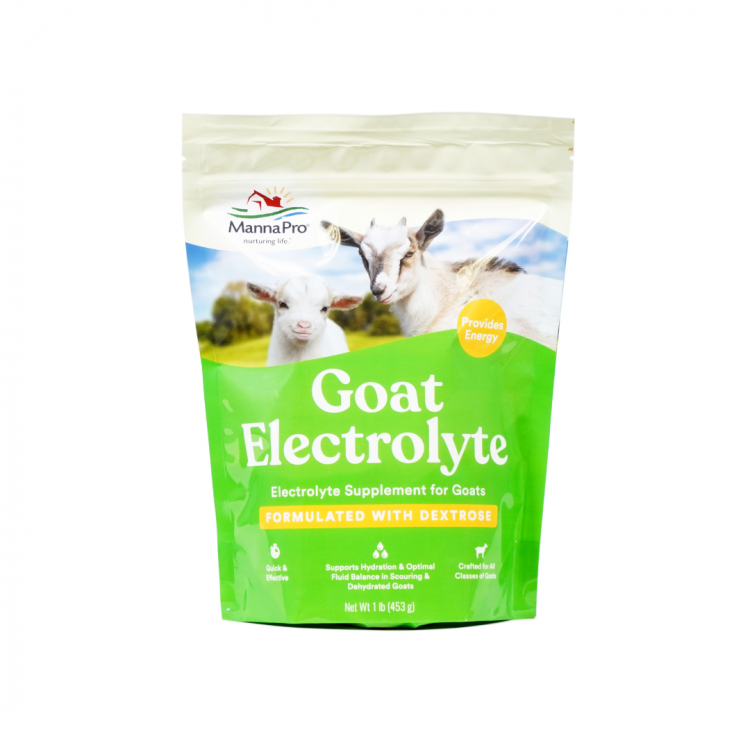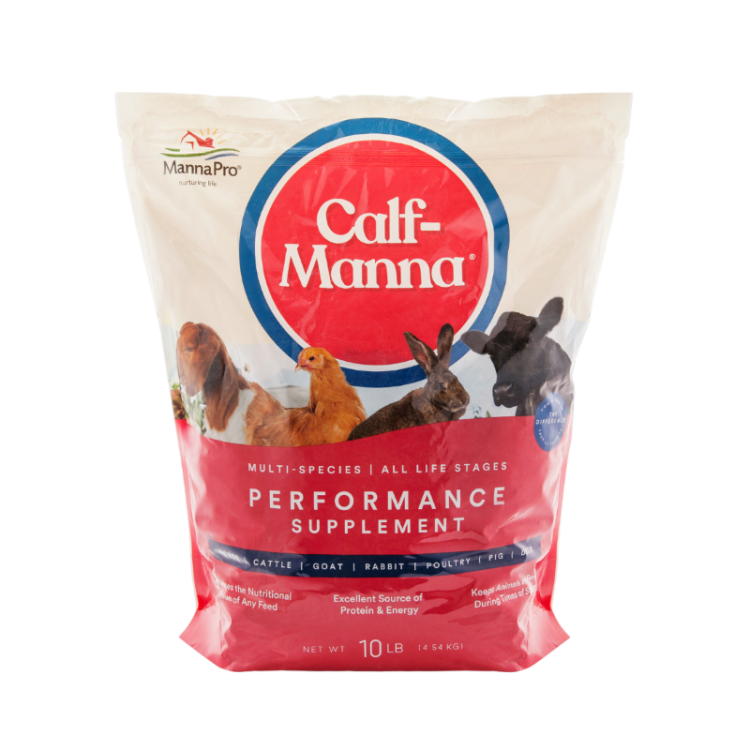Posted by Deborah Niemann, Author & Professional Homesteader, Tue, Mar 29, 2016
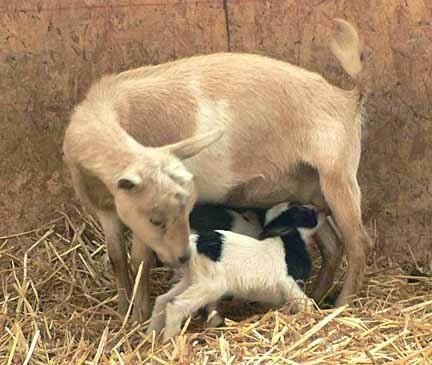
Although meat and fiber goats are raised by their mothers under normal circumstances, dairy goats are often bottle-fed. Disease control, higher profits and friendlier goats are the three reasons given for bottle-feeding dairy goats; however, bottle-feeding may not be the right choice for everyone.
In the 1970s it was discovered that the majority of dairy goats in the U.S. had Caprine Arthritis Encephalitis (CAE), which is transmitted through colostrum, milk and blood. A simple solution was to take all kids from their mothers at birth and feed them pasteurized milk or milk replacer. It didn’t take long for the incidence of disease to plummet, making bottle-feeding less important in herds that have consistently tested negative.
Some breeders, however, continue to bottle-feed, pointing to cases in which a goat tested negative but later turned out to have CAE.
How can you be certain that your goats don’t have CAE?
If you purchase your goats from a herd that has consistently tested negative for CAE and their goats are not exposed to other goats routinely through shows or other types of exhibitions, that’s a good start. You should also test the goats after they’ve been on your farm for six months, as it can take up to six months for some goats to sero-convert. Having a closed herd and testing your goats every year for a few years can further prove that your goats are not carrying CAE.
Bottle-Feeding Milk Replacer Can Be Less Expensive
Dairies almost always bottle-feed milk replacer to their kids because it is more profitable. They can sell goat milk for $10 to $30 a gallon, depending on whether they keep it as fluid milk or turn it into cheese. Milk replacer costs only a few dollars a gallon.
What about the personalities of kids that are bottle-fed versus dam-raised?

While many people like the overly friendly personalities of bottle-fed kids, some find it annoying to have goats that jump on you, suck on your fingers and try to chew on your hair. The reason bottle-fed kids are friendly is because they are handled several times a day. If dam-raised kids are handled several times a day, they are also very friendly, and since you are not feeding them they are less likely to try sucking on your fingers, which can easily turn into getting a finger caught between their molars—especially with children.
Are there advantages to dam-raising kids?
If you bottle-feed kids, you have to milk the does twice a day, every day, even when it’s raining or snowing or when you’re sick or injured. Of course, you’ll also have to feed the kids. One advantage of dam-raising is that the kids feed themselves and keep up the milk supply in the early months, so you don’t have to milk 365 days a year. Although you do need to spend time with the kids so they’ll be friendly, you are not tied to a strict schedule and can do it whenever it’s convenient for you.

I have also found dam-raised kids to be healthier, assuming you keep the barn clean and there is not a lot of exposed manure lying around where kids can nibble on it. Most people who bottle-feed kids start them on a coccidiostat or medicated milk replacer at three weeks of age to prevent Coccidiosis.
When I started raising dairy goats 14 years ago, the idea of dam-raising was heresy. But with the resurgence of family milkers and the availability of disease testing, it is quite common today for dairy goats to be raising their own kids on homesteads. It really boils down to your motivations for raising goats.
